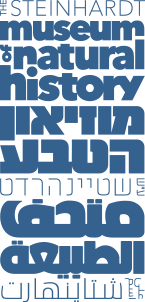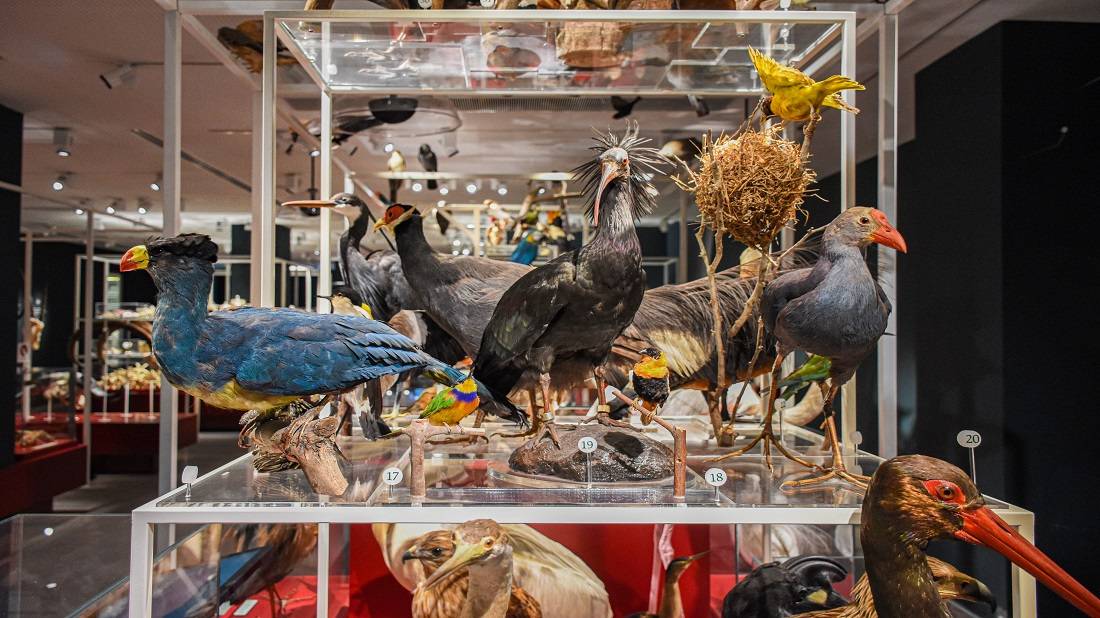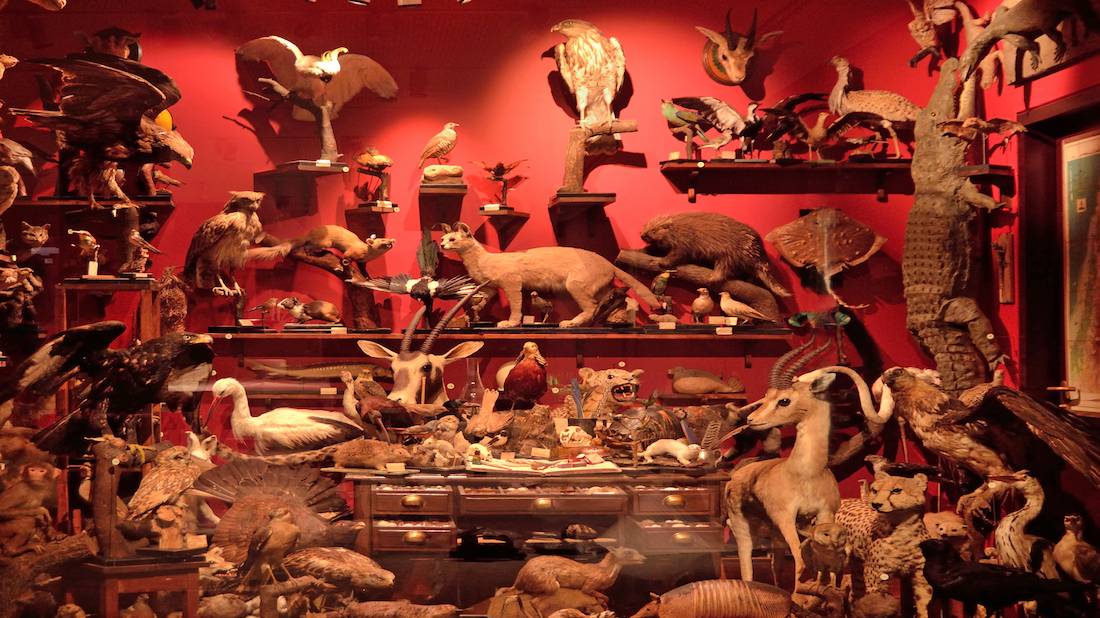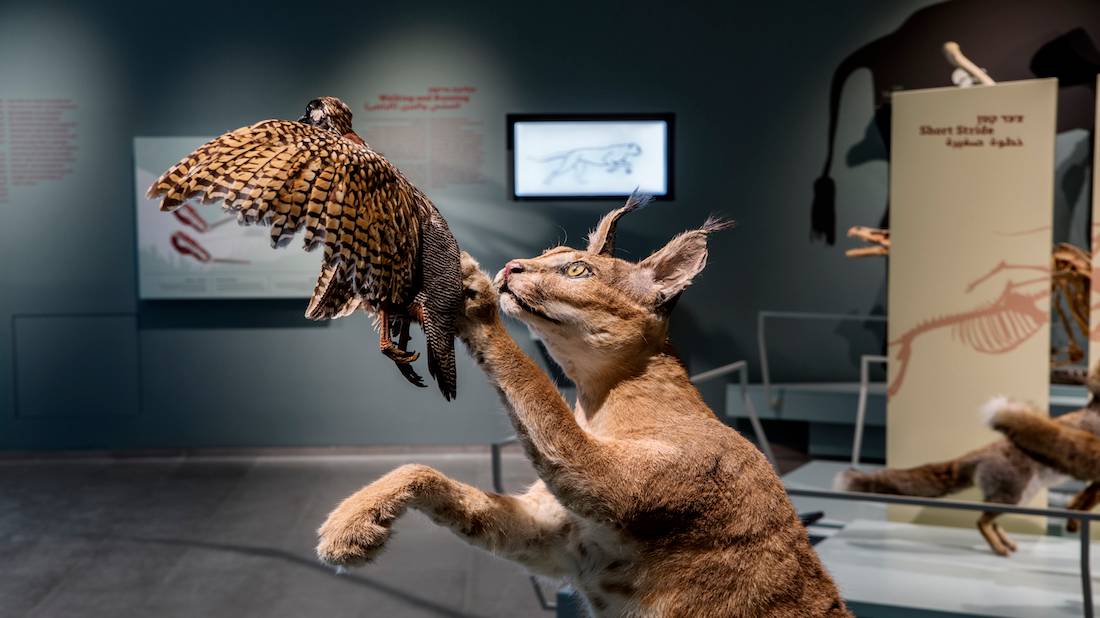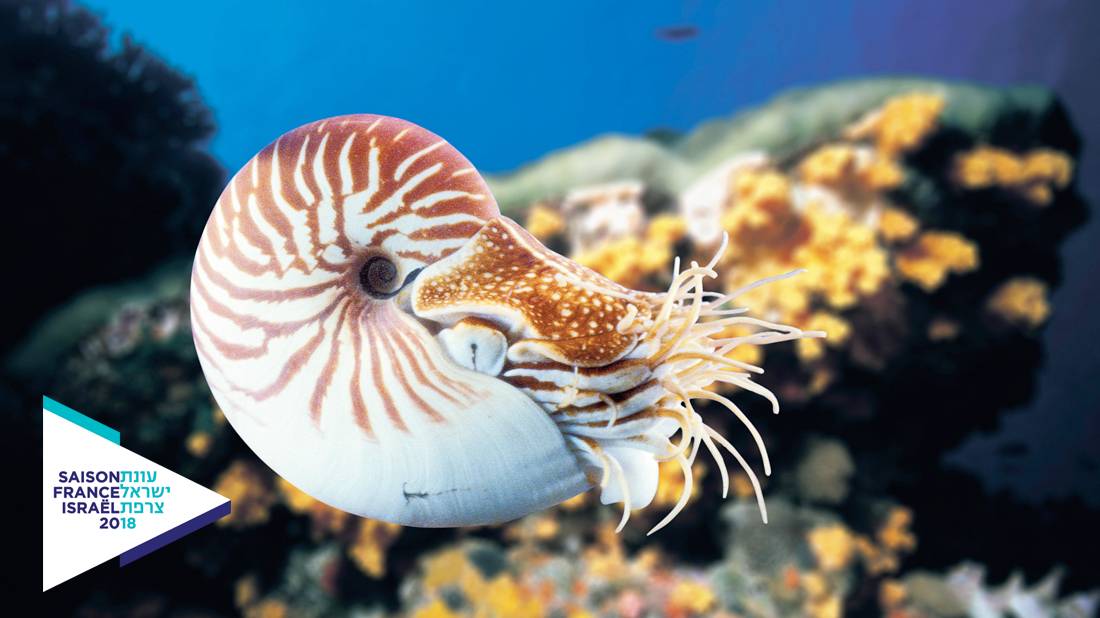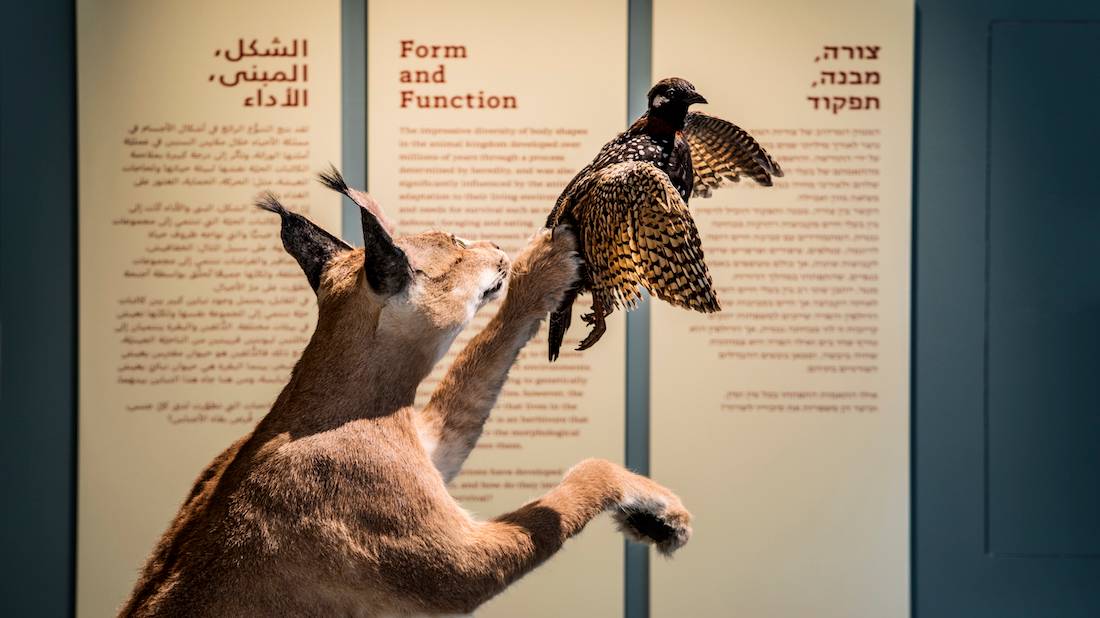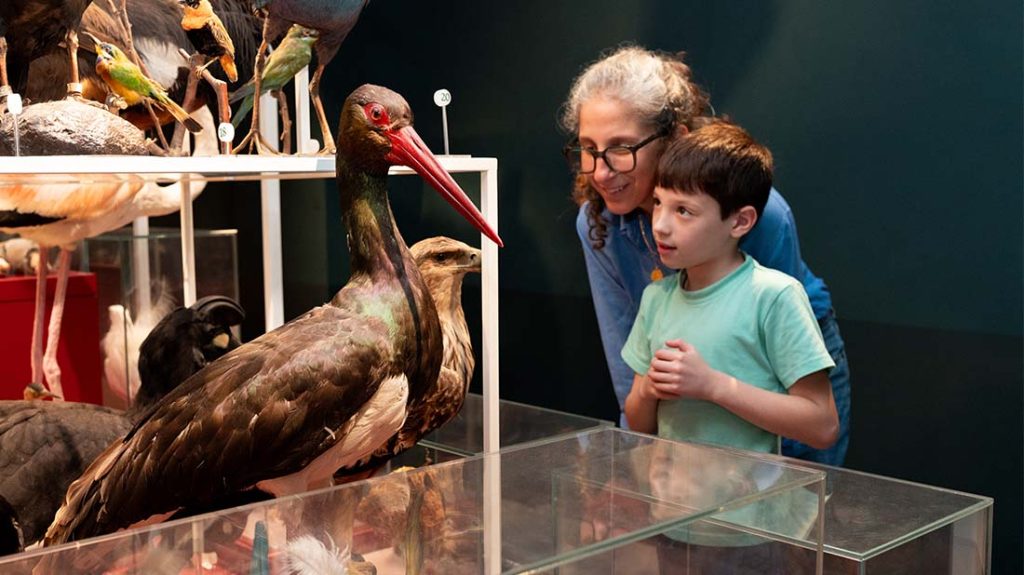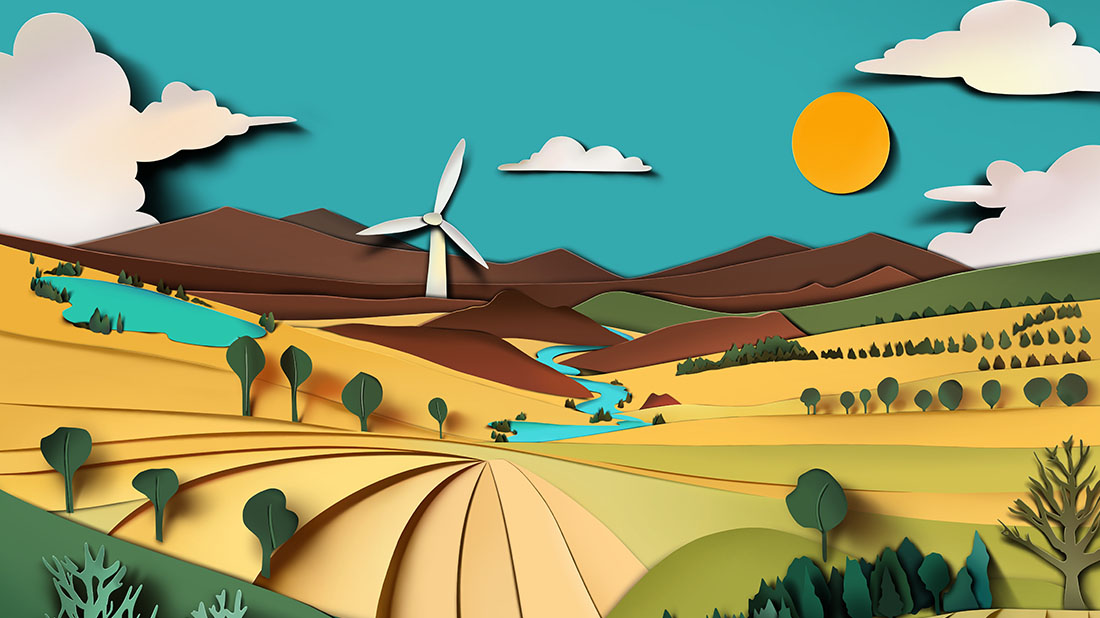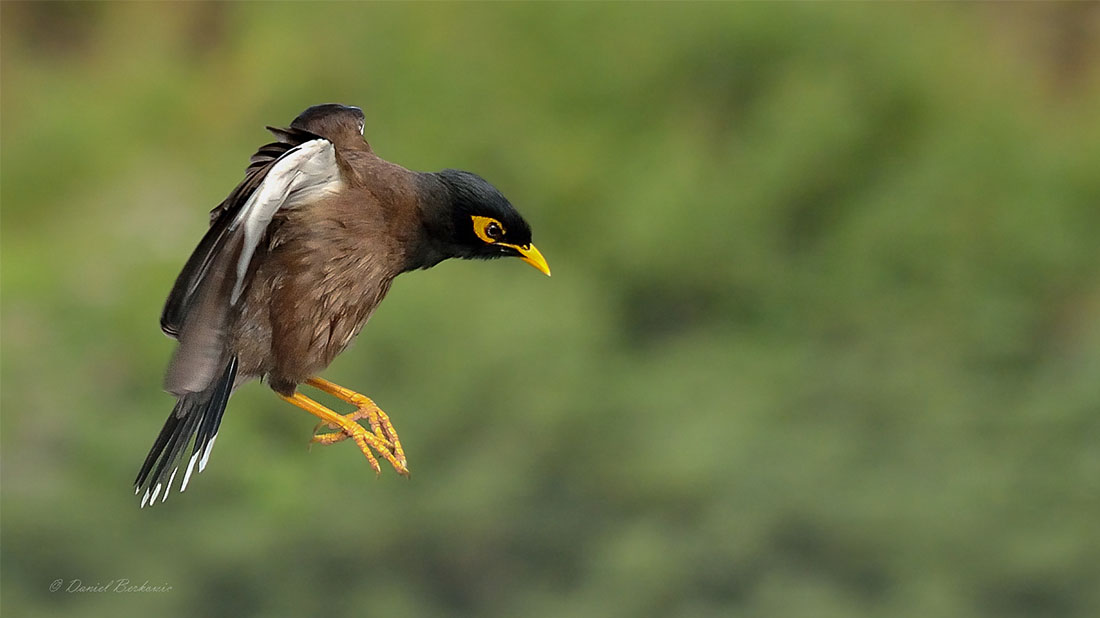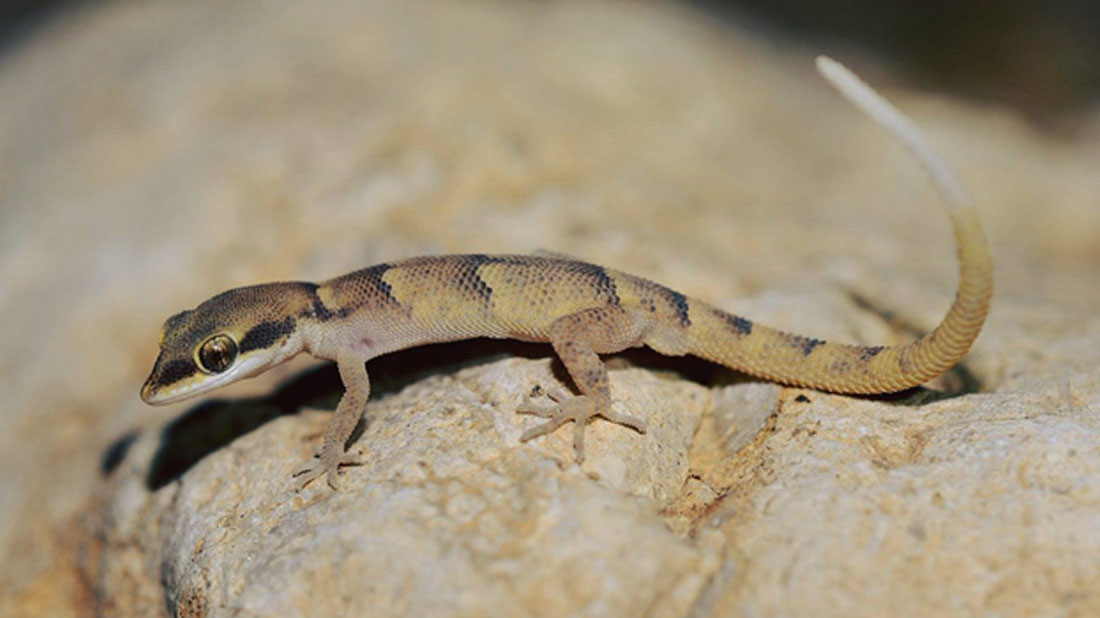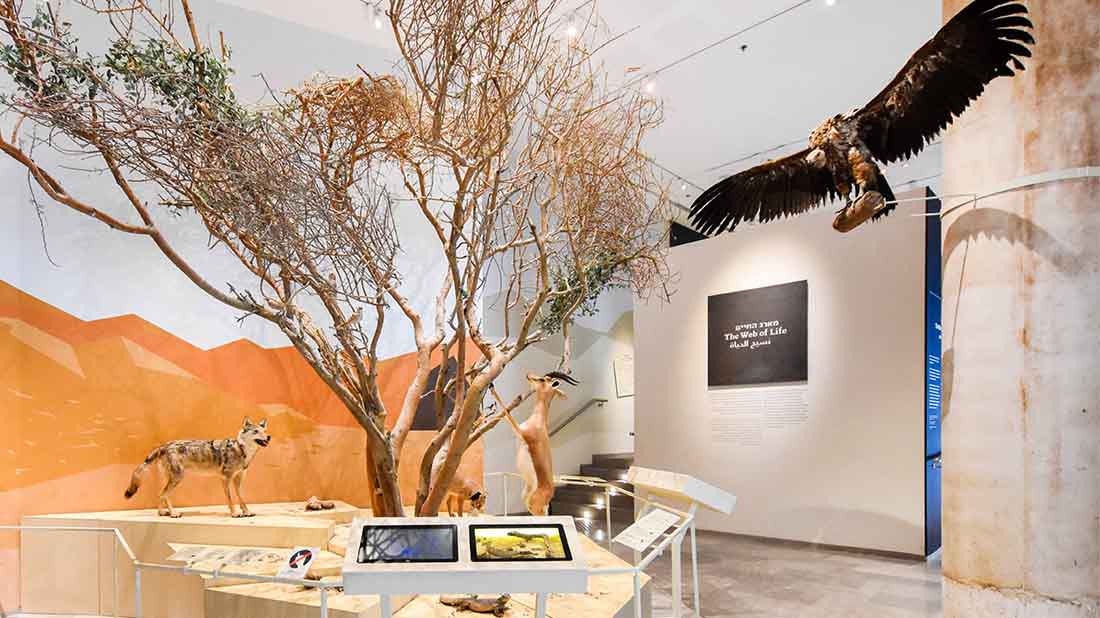The exhibitions at the Steinhardt Museum of Natural History include thousands of items, some of them quite rare, from the National Natural History Collections collected over decades at Tel Aviv University. Visitors to the exhibitions embark upon a quest for intimacy with nature, wherein each exhibition offers exceptional observations and experiences of life and nature around us.
What will we find at the Museum?
The State of Nature in Israel – a new outdoor exhibition that summarizes a decade of scientific monitoring and presents the current status of biodiversity in Israel. The exhibition is on display in the Galilee Breezeway at the entrance to the museum and open to the public, free of charge, from Wednesday May 21, 2025.
At the entrance to the Museum, visitors are greeted by the birds that fly over Israel as they migrate back and forth between Africa and Asia, in The Great Bird Migration exhibition.
In Bugs and Beyond, which includes live creatures, visitors enjoy a close encounter with the rich and incredibly sophisticated world of arthropods – the largest and most diverse phylum in nature. Life in the Dark offers a glance at animals from Israel and around the world that live without daylight, and Urban Nature reveals the city life of wild animals.
Israel’s Landscapes surveys the impressive range of habitats in Israel, from the desert to Mount Hermon, and their typical fauna – in six landscape pictures that combine typical scenery with stuffed and mounted animals from the collection.
In Form and Function visitors are invited to gaze directly at a spectacular diversity of creatures from Israel and around the globe, and learn how their body structures and capabilities are adapted to their various environments and living conditions.
The Human Impact provides a comprehensive view of our environment: the creatures that have become extinct, the impact of humans on nature, and the many changes that have taken place in nature in recent decades.
The Web of Life employs the acacia tree to outline the tremendous diversity of life that depends on it. The visitor journeys through a range of inter-relations and mutual impacts between different organisms, including us, humans. This is followed by a display of the complex network of connections that makes existence possible, underlying nature in its entirety.
The Treasure Chest and its Treasures of Biodiversity exhibition invite the visitor to wander among the Museum’s rich and diverse natural history collections, and become familiar with riveting stories of scientific research.
Thresholds | A new, original pop-up exhibition by the Israeli artist Shay Zilberman invites viewers on a visual journey into worlds where animals and humans touch each other in unexpected, new configurations. Through his unique creations, Zilberman produces collages of animal creatures, deconstructed and reconstructed from the pages of old animal classification keys. Each creature embodies a being of wild nature recreated by human handiwork: mammals, invertebrates, arthropods, birds and reptiles all undergo a metamorphosis. Zilberman’s creations range from reality to fantasy, bringing together human and animal, culture and nature, while blurring the imaginary boundaries between them.
The Planet Is on Your Plate, an exhibit that presents three “stories” about our eating and consumer habits, and proposes simple steps that can help us make a meaningful change. The exhibit allows visitors to examine the journey our food takes, and its impact, both on us and on nature.
Song of the Corals | A scientific and artistic journey with the artist Tzuri Gueta – a new and original expedition. The exhibition “Song of the Corals” invites visitors to experience the underwater world and be amazed by it, contemplate the beauty of the coral reef and marvel at the complexity and uniqueness of this important habitat, which is usually completely hidden from view. The artistic work of Tzuri Gueta, which was produced specifically for this exhibition, seeks to intensify the experience. The display is affected by and follows the beauty, form and texture of the coral reef and its inhabitants, complementing the amazing experience that accompanies those who dive down among the corals.
What Makes Us Human? focuses on us, humans, and surveys the biological and cultural evolution of the human species via rare findings from archaeological excavations, integrated with innovative multimedia displays.
The State of Nature in Israel – an outdoor exhibition that summarizes a decade of scientific monitoring and presents the current status of biodiversity in Israel. The exhibition is on display in the Galilee Breezeway at the entrance to the museum and open to the public without admission fee. Open in May 21, 2025.
A selection of objects and installations from our permanent excisions are available on our digital catalog at Google Arts & Culture.
Former temporary exhibitions:
This series of stills, “Wet Collection”, was photographed in the fish collection at the Steinhardt Museum, which includes about 800,000 catalogued archive items.
HERE BE DRAGONS is an original exhibition by the artist Nevet Yitzhak. The exhibition is the outcome of an artistic research project conducted over the last two years by Yitzhak on the Museum collections. Following a process that included extended visits to the rooms housing the collections, comprehensive study of their history, and meetings with researchers and collection managers at the Museum, Yitzhak created a surreal display that subverts the boundaries between knowledge and imagination. The exhibition closes on Saturday, May 4, 2024.
The exhibition Global Warning: The Climate, the Crisis and Us illustrates the complex reality and processes that cause it, alongside predictions for the future, in a hands-on way that arouses the visitors’ curiosity, and raises questions and opportunities for changing personal habits. The latest scientific findings in the field and the effect of the crisis on us and on nature, in Israel, and around the world, are displayed in the exhibition using interactive media.
The installation RUN, by the artist, Ronit Keret, on display next to the Treasures of Biodiversity exhibition on Level Two of the Museum, is an extension of the exhibition, Global Warning: The Climate, the Crisis and Us. Through her work, the artist and researcher seeks to cry out on behalf of the animals and invites us humans to wake up to the distressing reality and take responsibility for the environment before it’s too late.
The installation “Passage” strives to raise awareness of issues related to interactions between humans and nature, such as climate change, natural resource exploitation, and the disrupted cycles of the seasons. Rotem Reshef is a painter and installation artist who has shown her works in many solo and group exhibitions in Israel and around the world. Her artistic practice focuses on the human and natural ecosystems, the fragility of life, and the opportunity for a second chance.
Blisters, a caricatures exhibition at the museum’s entrance. The exhibition offers an amusing perspective on the animal world as seen by the creators, Amos Ellenbogen and Nir Molad (AKA Nirmo).
Microsculpture, A unique exhibition on loan from the Oxford University Museum of Natural History, Presents insects as they have never been seen before; 3-square-meter photographs allow easy study of the beauty of insects from a new perspective. The insects are displayed in all their glory; visitors can see the tiniest details with great clarity and uniquely experience the beauty of the world of nature.
Zoom 2019 – Young Israeli Artists exhibition: the second temporary exhibition in the Steinhardt Museum was spread over the four first levels. The works of art were placed so as to create a dialog with the Museum’s permanent displays, taking into account the points of contact between the different artists’ works. Some artists displayed their final projects while others chose to develop new works especially for the exhibition, often inspired by the Museum content, structure and visitors. The exhibition closed on October 21, 2019.
The first exhibition on display in the Museum’s multipurpose Gallery was Life Object, which represented Israel at the 2016 International Venice Architecture Biennale. This exhibition forms a “breathing space” affected by the presence of visitors within it. Its main exhibit implements thought about architecture, through the biological metaphor of the concept of life, while blurring the boundaries between the natural and the artificial. The exhibition is based on the development of architectural applications founded upon the close affinity between a building and its environment.
Permanent exhibitions team
Management of permanent exhibition construction: “Weil – Managing Creativity”, Gev Weil and Eli Gdulin
Chief curator and experience designer: Hadas Zemer Ben-Ari
Scientific curators:
Bugs & Beyond: Dr. Moshe Guershon
Life in the Dark: Dr. Moshe Guershon
Israel’s Landscapes: Dr. Roi Dor
The Great Bird Migration: Dr. Roi Dor
Urban Nature: Dr. Naama Berg
Form & Function: Dr. Tamar Feldstein
Marine Animals: Dr. Tamar Feldstein
The Human Impact: Dr. Naama Berg
Treasures of Biodiversity: Dr. Naama Berg
What Makes Us Human?: Prof. Israel Hershkovitz and Dr. Hila May
Taxidermy and preparation of display items for the exhibitions: Igor Gavrilov, Dr. Stanislav Volynchik
Breeding and preparation of insects for the exhibition “Bugs & Beyond”: Alex Shlagman, Dr. Elizabeth (Liz) Morgulis
Scientific consultants to exhibitions: Dr. Menachem Goren, Prof. Shai Meiri, Dr. Neta Dorchin
Special thanks: Helena Hamu, Hagai Segev, Tzachi Beker and Martin Weyl, who contributed their time and rich professional expertise to the construction of the exhibitions.
